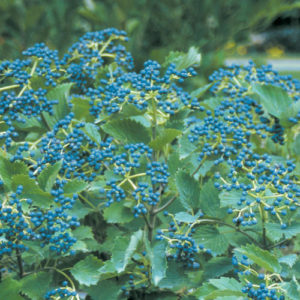Have you noticed the difference between this spring and last? A year ago we were weighed down by the pandemic, still sorting  out how to live in the face of such an immense problem. We were challenged creatively to find ways to go about our lives, dealing with illness or the threat of it, and learning every day. Now we are slowly able to shed some of the precautions that burdened us, thanks to the hard work of medical and public health professionals and some amazing research.
out how to live in the face of such an immense problem. We were challenged creatively to find ways to go about our lives, dealing with illness or the threat of it, and learning every day. Now we are slowly able to shed some of the precautions that burdened us, thanks to the hard work of medical and public health professionals and some amazing research.
How appropriate for these good things to happen in spring, when the whole world seems renewed and our thoughts turn outdoors to things like planting in anticipation of the coming growing season. Garden centers spring up and are suddenly filled with beautiful flowers, shrubs, and trees just waiting to find their own forever homes in our yards.
At Woodland Dunes, we just received a shipment of 2,500 native trees and shrubs to be planted in a way that diversifies the flora of our forest. Unfortunately the emerald ash borer is poised to kill many ash trees in our preserve, and we want to begin replacing them before they actually die with the hope that we can preserve the habitat we hold so dear. Planting them will keep several summer interns busy for the next several months, aided by hearty and generous volunteers. It’s hard work, but worth the effort.
With a little thought, we can improve our yard for wildlife while maintaining an attractive landscape. An important consideration is to include as many native plants as possible. One huge problem right now is that so many insects and the birds which feed on them are declining at an alarming rate. While we might consider insects as pests, most of them don’t harm us and have no interest in entering our homes- they are intent on feeding, growing, and reproducing in nature, providing a critical food source for other animals along the way. If we plant flowers, trees, and shrubs from say Europe or Asia in our yards, our benign native insects like butterflies and bumblebees don’t know what to do with them- they don’t always provide what our natives need.
Fortunately, there are many native or nearly-native plants available in almost any garden center. Some places specialize in strictly native plants, but often they are available in venues you wouldn’t expect. According to researchers, perhaps the most beneficial trees to plant are oaks. They are host to hundreds of species of caterpillars which chew on their leaves without killing the trees, and those caterpillars feed many species of birds including migrating and resident warblers, wrens, and chickadees. Red oaks, white oaks, swamp white oaks, burr oaks- all are beneficial, and their acorns feed many other kinds of animals as well. Birches are also beneficial, as are crabapples and hawthorns. White pine is a native evergreen which needs a lot of room but again provides food and shelter for insects and wildlife. Other evergreens readily available are white spruce (or Black Hills spruce) and junipers of all sorts.
Native shrubs include southern arrowwood, which is referred to as Blue Muffin viburnum which sports blooms followed by small blue berries eaten by many birds, and red-osier dogwood which produces white berries, ninebark, and American highbush cranberry, another viburnum species.
And there are many flowers which are native or nearly native which attract butterflies and bees- butterflyweed has clusters of bright orange flowers and is a milkweed used by monarch butterflies. Coneflowers are used by butterflies and later goldfinches which feed on their seeds, lance-leaved coreopsis has cheerful yellow blossoms, and bee balm is a bumblebee favorite which comes in different shades of lavender and has leaves which possess an aromatic scent and are very easy to grow. Blazing stars are now popular, and fall asters are similar to some of our native species.
Many of us spend a lot of time purchasing, planting or re-planting trees, shrubs and flowers in the spring. Including some easy-to-find native plants in your yard will not only make it more beautiful and interesting, but provide another little habitat to help wildlife.
(photo- Blue Muffin virburnum fruit in fall)
